How Tarantulas Breathe Overview
Understanding how a tarantula breathes offers a fascinating insight into the survival mechanisms of these intriguing creatures. Unlike humans, tarantulas don’t have lungs in the same way. They have evolved unique respiratory systems tailored to their terrestrial lifestyle. The primary components of their breathing apparatus are book lungs and, to a lesser extent, the tracheal system. This article will delve into the intricacies of tarantula respiration, exploring the structures involved, the factors influencing their breathing, and how it compares to other arthropods. Through understanding these details, we can gain a deeper appreciation for the remarkable adaptations that allow tarantulas to thrive in diverse environments. This process of respiration is vital for their survival, enabling them to extract oxygen and expel carbon dioxide, the fundamental processes for cellular function and overall well-being.
Book Lungs Structure and Function
Book lungs are the primary respiratory organs in tarantulas, and their name comes from their appearance, which resembles the pages of a book. These structures are located on the underside of the abdomen, with two or four pairs typically present. The book lung is composed of numerous thin, leaf-like lamellae that are stacked on top of each other, creating a large surface area for gas exchange. These lamellae are filled with hemolymph, the spider’s blood. The arrangement of these lamellae allows for efficient diffusion of oxygen from the air into the hemolymph, and carbon dioxide from the hemolymph into the air. This design is crucial because tarantulas are reliant on their book lungs to obtain the oxygen necessary for their metabolic processes. The efficiency of the book lung is a key factor in the tarantula’s ability to survive and function in various habitats.
Book Lungs Anatomy
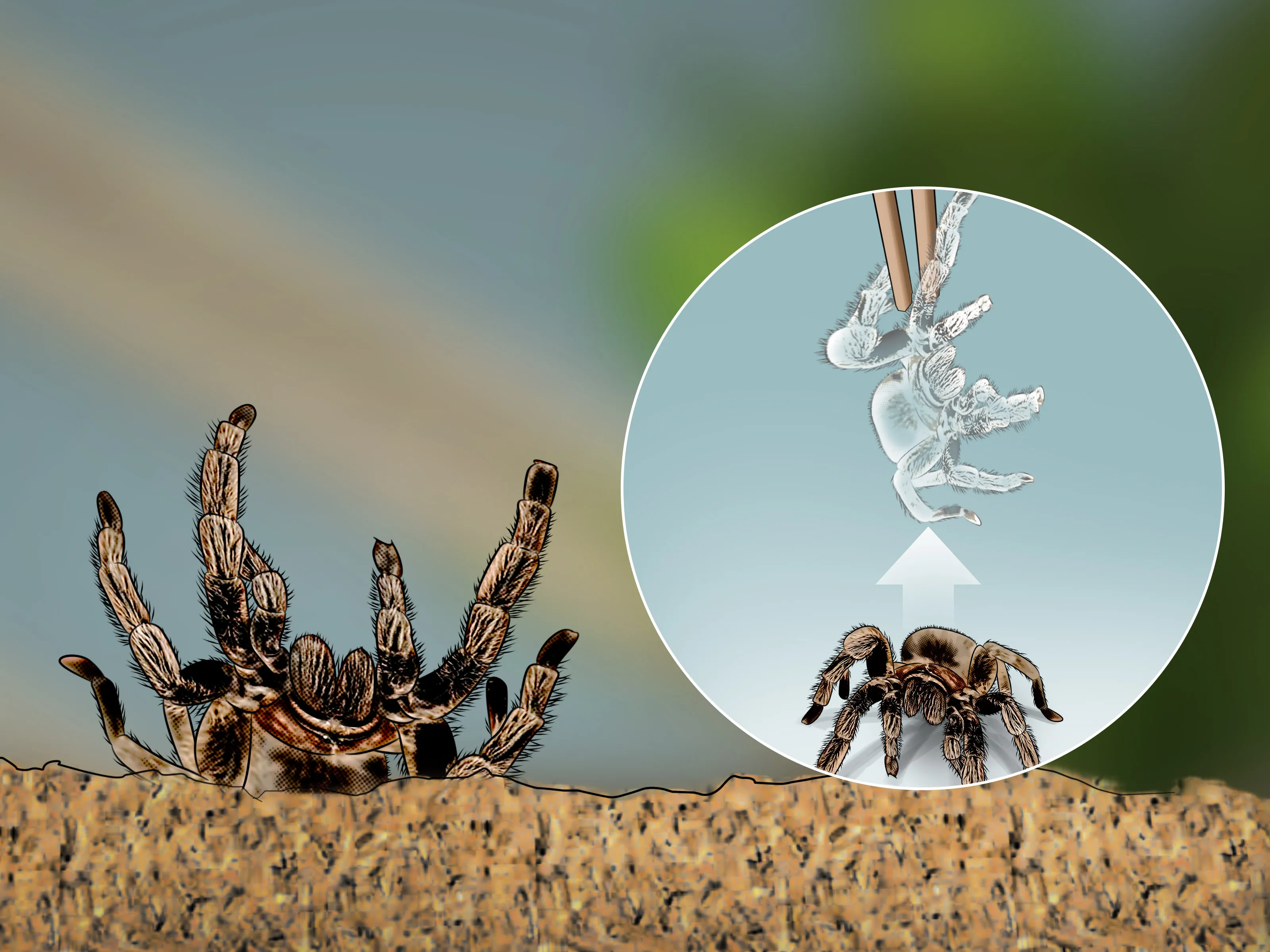
The anatomy of book lungs is precisely designed to optimize gas exchange. Each book lung consists of a chamber that opens to the outside through a small slit-like opening called a spiracle. Inside the chamber, the lamellae are arranged parallel to each other, with spaces between them. This structure maximizes the surface area available for gas exchange. The thinness of the lamellae is also important; it reduces the distance oxygen and carbon dioxide must travel to enter or exit the hemolymph. The hemolymph circulating through the lamellae facilitates the transport of oxygen to the tarantula’s tissues and the removal of carbon dioxide. The entire structure is protected by a thin cuticle that prevents the book lungs from drying out, ensuring their functionality in various environmental conditions. The efficiency of this design is a testament to the evolutionary adaptations of tarantulas.
How Book Lungs Work for Respiration
The process of respiration in book lungs involves a simple yet effective mechanism. Air enters the book lung chamber through the spiracle, and oxygen diffuses across the thin lamellae into the hemolymph. Simultaneously, carbon dioxide diffuses from the hemolymph into the air space within the book lung. The hemolymph then carries the oxygen to the body tissues, providing the energy necessary for cellular function. This process does not require active muscular effort; the diffusion of gases occurs naturally due to the concentration gradients. The efficiency of this diffusion is dependent on several factors, including the surface area of the lamellae, the thickness of the lamellae, and the concentration of oxygen and carbon dioxide in the surrounding air. The book lung design, thus, ensures effective gas exchange without requiring complex muscular systems, making it an ideal respiratory organ for tarantulas.
Tracheal System Role in Respiration
While book lungs are the primary respiratory organs, tarantulas also utilize a tracheal system to some extent. The tracheal system is a network of fine tubes, or tracheae, that carry air directly to the tissues. This system can be especially important in larger tarantula species and those living in drier environments. The tracheal system supplements the book lungs, although it is not as extensively developed as in insects. This is especially true in species that have adapted to drier environments where the tracheal system helps to reduce water loss. The presence of the tracheal system ensures an additional level of oxygen delivery to the tissues, which ensures the tarantula can maintain a high level of activity. Even though less critical, the system still functions to enhance respiratory capabilities.
Trachea Network and Gas Exchange
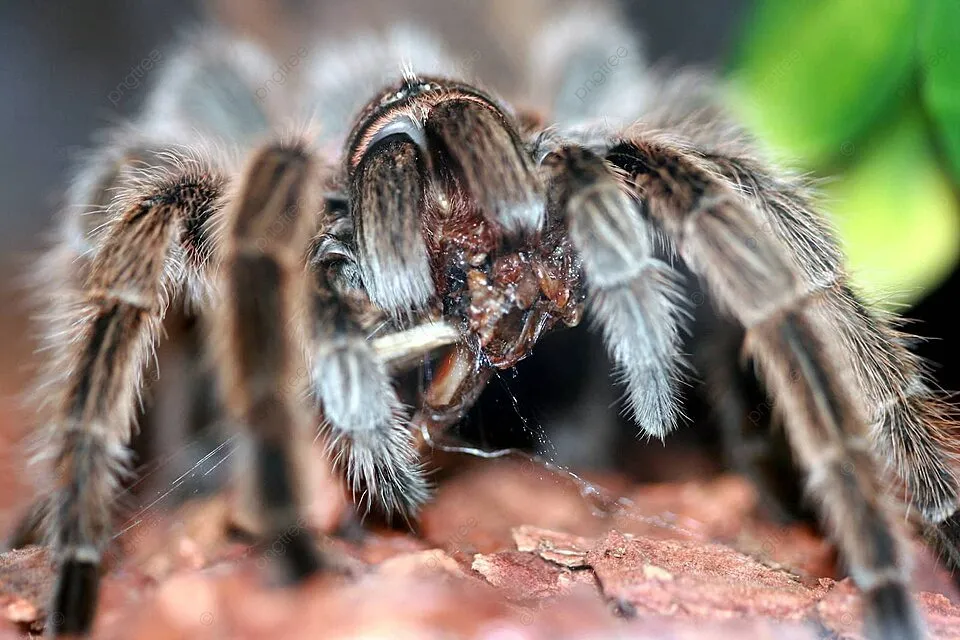
The tracheal network consists of a series of tubes that branch throughout the tarantula’s body, delivering air directly to the tissues. These tubes are lined with a cuticle that prevents water loss and keeps the tubes open. Air enters the tracheal system through spiracles, which are small openings on the sides of the abdomen. From the spiracles, the air travels through the tracheae, diffusing oxygen directly into the tissues and removing carbon dioxide. This direct delivery of oxygen eliminates the need for hemolymph to transport gases over long distances. The tracheal system is particularly beneficial during periods of high activity when the demand for oxygen increases. While less crucial than book lungs, the tracheal system adds an additional layer of respiratory efficiency, contributing to the overall survival and well-being of the tarantula, especially when coupled with the book lungs.
Spiracles Function in Tarantulas
Spiracles play a crucial role in the tarantula’s respiratory system, serving as the entry points for air into both the book lungs and the tracheal system. These small openings are located on the sides of the abdomen. Spiracles have valves that can open and close, regulating the flow of air and minimizing water loss. The opening and closing of the spiracles are influenced by factors such as humidity and activity level. In humid environments, the spiracles may remain open for longer periods, while in dry conditions, they may close more frequently to conserve water. This is why the spiracles are crucial and contribute to the efficient exchange of gases while also playing a role in maintaining the tarantula’s internal water balance. The spiracles’ functionality is, thus, very much crucial in allowing the tarantula to survive in various conditions.
Cutaneous Respiration Role
Cutaneous respiration, or breathing through the skin, plays a minor role in tarantula respiration. The exoskeleton of a tarantula is relatively impermeable, limiting the amount of gas exchange that can occur directly through the body surface. However, some gas exchange may still occur across the thin membranes between the joints of the exoskeleton, as well as through the thin areas of the cuticle. This mode of respiration contributes less significantly to the overall oxygen uptake and carbon dioxide expulsion compared to book lungs and the tracheal system. While the role is minor, cutaneous respiration offers an additional pathway for gas exchange, which might be particularly useful in humid environments where the skin surface is more permeable. This slight contribution can ensure the tarantula’s ability to survive when faced with different and varying conditions.
Factors Affecting Tarantula Breathing
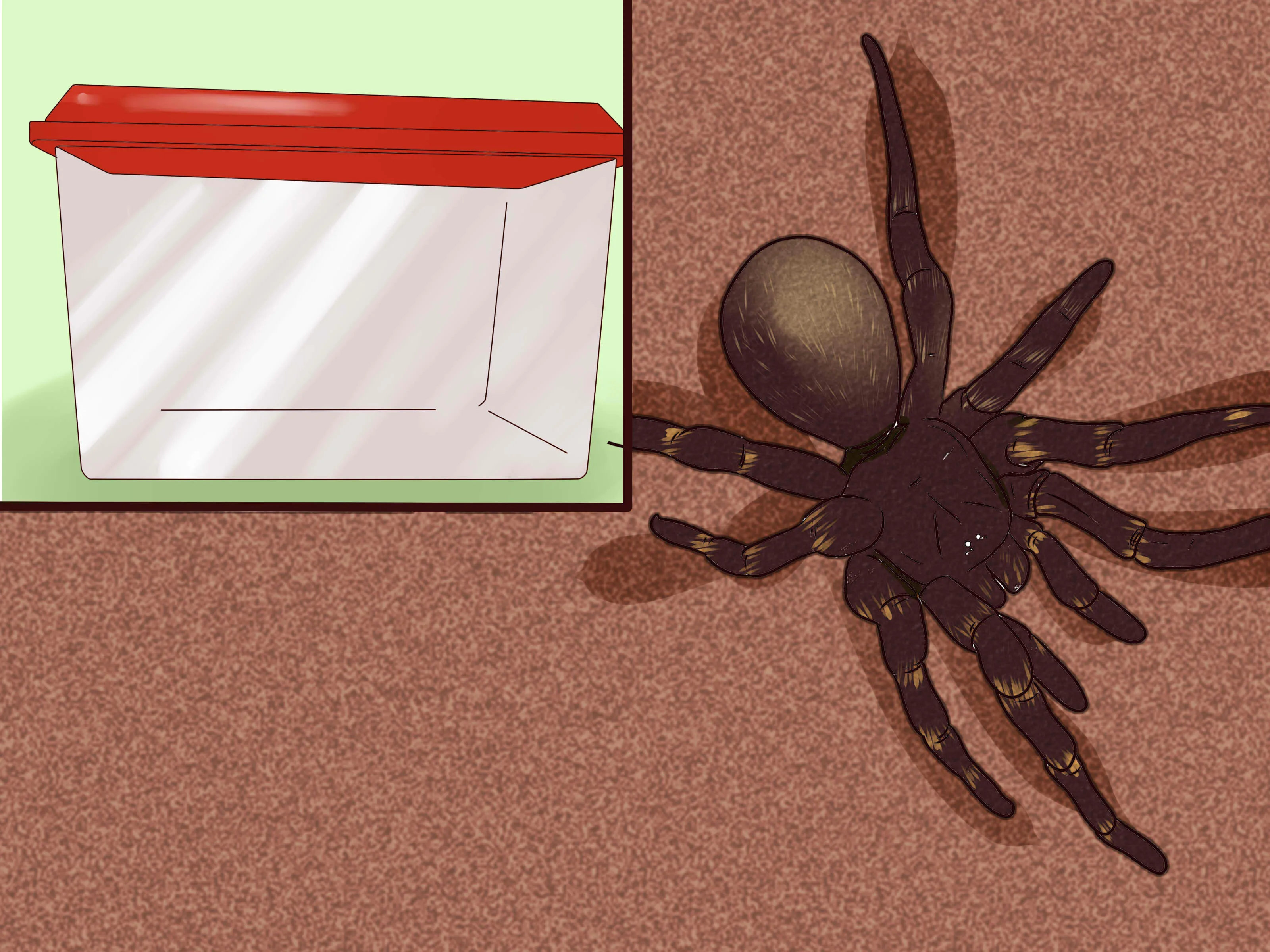
Several environmental and physiological factors can influence a tarantula’s breathing rate and efficiency. Understanding these factors can offer insight into the needs and behaviors of these creatures. The breathing process is not only critical for survival but also is heavily influenced by the surroundings of the tarantula. These include temperature, humidity, and the tarantula’s activity level, all of which impact the gas exchange processes. These elements have significant impacts and are vital to understanding their respiratory needs and how they cope with various conditions. Therefore, understanding these is crucial to understanding tarantulas.
Temperature Influence
Temperature is a key factor affecting a tarantula’s respiratory rate. As the temperature increases, the metabolic rate of the tarantula also increases, leading to a higher demand for oxygen. Consequently, the breathing rate increases to meet this demand. In warmer environments, a tarantula may breathe more rapidly compared to cooler temperatures. This is because higher temperatures accelerate the chemical reactions within the tarantula’s cells, which results in a greater demand for energy and oxygen. Conversely, in colder environments, the metabolic rate slows down, and the breathing rate decreases. Proper temperature management is essential for the health and well-being of tarantulas, as it directly influences their respiratory efficiency and overall physiological function. Therefore, the temperature can play a key role in their respiration.
Humidity Effects
Humidity also plays an important role in tarantula breathing, particularly concerning water loss. In dry environments, tarantulas can lose water through their respiratory organs. To mitigate this, they might close their spiracles more frequently to reduce water loss. High humidity, on the other hand, helps to keep the book lungs moist, facilitating efficient gas exchange. The ideal humidity level varies depending on the tarantula species and its natural habitat. Maintaining the correct humidity levels is crucial for preventing dehydration and ensuring optimal respiratory function. Improper humidity levels can stress the tarantula, affecting its ability to breathe efficiently and thrive. So, it is critical to keep humidity at bay.
Activity Level Impact
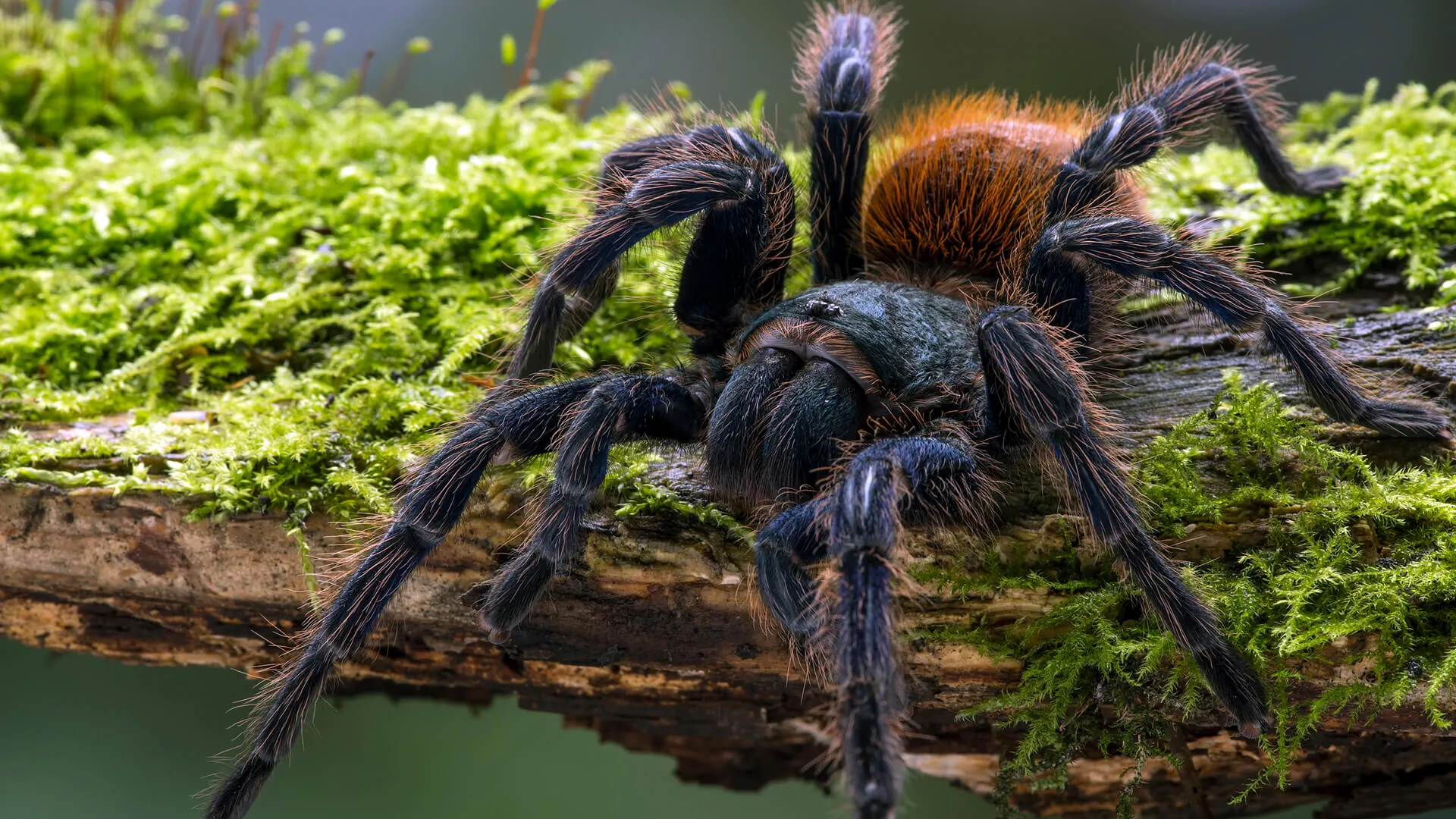
A tarantula’s activity level significantly affects its breathing rate. During periods of rest, the metabolic rate is lower, and the breathing rate is slower. However, during periods of activity, such as hunting or moving, the demand for oxygen increases dramatically. The tarantula will increase its breathing rate to meet this demand. This allows it to efficiently supply oxygen to its muscles and remove carbon dioxide, thus enabling it to sustain its higher level of activity. This also demonstrates the tarantula’s adaptive ability to meet its energy needs in a dynamic way. A healthy tarantula regulates its breathing rate based on its activity level. Knowing these factors is also critical for the caretaker.
Comparing Tarantula Respiration to Other Arthropods
Comparing the respiratory systems of tarantulas to those of other arthropods offers insights into the evolution and adaptation of respiratory mechanisms. The diversity in respiratory structures reflects the varied lifestyles and habitats of arthropods. Different groups of arthropods, such as insects, crustaceans, and arachnids, have different adaptations for gas exchange, each having different benefits. Tarantulas, as arachnids, have evolved book lungs as their primary respiratory organs, a system that is very different from the tracheal systems of insects or the gills of crustaceans.
Book Lungs vs Gills
Book lungs and gills represent two different respiratory adaptations suited to different environments. Gills are primarily found in aquatic arthropods, such as crustaceans. They are designed to extract oxygen from water, which is less efficient than extracting oxygen from air. Book lungs, on the other hand, are specifically adapted for terrestrial environments, efficiently extracting oxygen from the air. Gills are composed of thin, feathery structures that maximize surface area for gas exchange in water. Book lungs have a compact, layered structure. The design difference reflects how the environment heavily influenced how the tarantula was formed and how it has adapted over the years.
Tracheal Systems Comparison
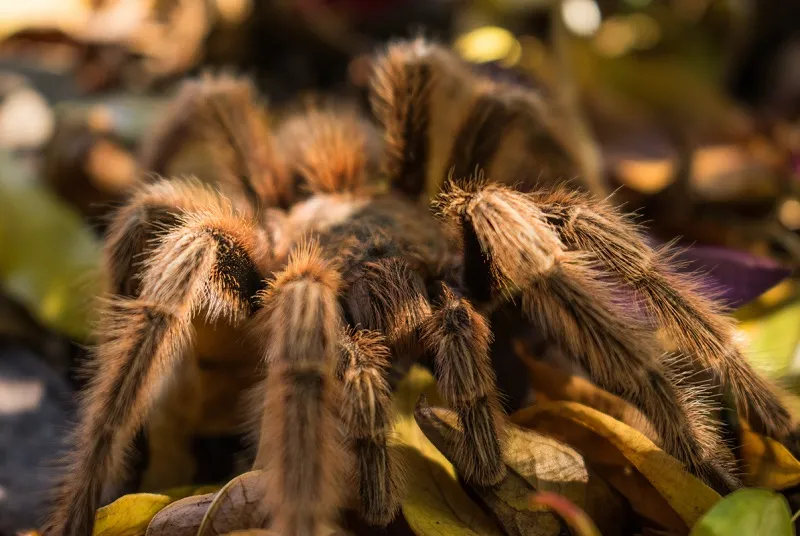
While tarantulas have a tracheal system to some extent, the system is more extensively developed in insects. Insects rely primarily on the tracheal system for respiration. The tracheal system in insects is a highly branched network of tubes that deliver air directly to the tissues. This system allows insects to be highly active and efficient in gas exchange. In contrast, the tracheal system of tarantulas is less developed, with book lungs serving as the primary respiratory organs. The development of the tracheal system in insects has allowed them to colonize a variety of habitats, with an incredibly wide variety of environmental conditions. This respiratory evolution played a huge role in the overall evolution of the arthropods.
How to Observe Tarantula Breathing
Observing a tarantula breathing can be a fascinating experience, providing insights into its health and well-being. Knowing how to watch a tarantula’s breathing patterns will help you understand the needs and conditions for your pet. The key is to focus on the tarantula’s abdomen and carefully look for movements. There are certain visual indicators that you can look for, and by following these tips, you can learn to observe a tarantula’s breathing and overall respiratory health. This is a great way to get a good understanding of what is normal for your tarantula.
Identifying Breathing Patterns
The most basic way to identify the breathing pattern of a tarantula is to observe the movement of its abdomen. The abdomen will expand and contract as the tarantula breathes. The frequency and depth of these movements can provide important clues about its respiratory rate. Under normal conditions, the movements should be regular and consistent. Abnormal breathing patterns, such as rapid or labored breathing, may indicate health issues or environmental stress. It is very important to observe the breathing carefully so that you can assess what is the normal and what is abnormal for your tarantula. This is the first step.
Visual Indicators

In addition to observing the abdominal movements, there are other visual indicators that can help you assess the breathing of a tarantula. Look for the color and condition of the book lungs. Healthy book lungs should appear clean and moist. Changes in color or the presence of any discoloration may suggest a problem. The spiracles, located on the underside of the abdomen, can also provide visual clues. Normally, the spiracles will open and close smoothly. Any difficulty or unusual opening and closing of the spiracles could indicate a problem. The general posture and behavior of the tarantula can also indicate breathing issues. A tarantula that is struggling to breathe might appear lethargic or restless. Observing these visual indicators can help determine if your tarantula is healthy or experiencing issues.
Tips for Observing
When observing the breathing of a tarantula, it is important to provide a calm and stress-free environment. Avoid making sudden movements or loud noises, as these can stress the tarantula and affect its breathing. Observe the tarantula from a distance to minimize any disturbance. Proper lighting can also help you see the movements of the abdomen and assess the condition of the book lungs. It may be useful to maintain a log of your observations, which will help you track any changes in the tarantula’s breathing patterns over time. Finally, if you have any concerns about the tarantula’s breathing, consult a veterinarian or a knowledgeable tarantula expert. This is the best way to ensure the well-being of your pet and ensure that you are properly caring for them.
